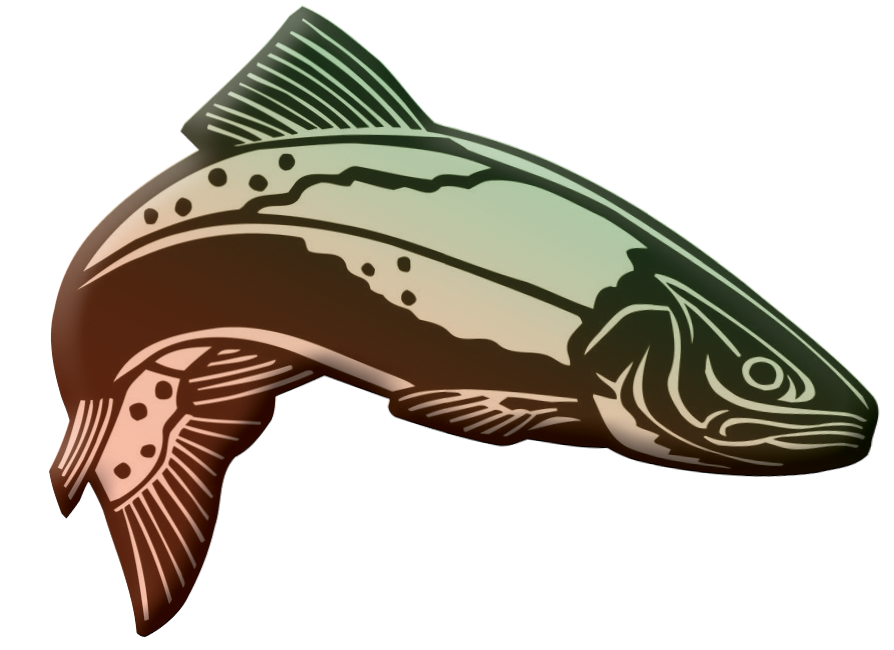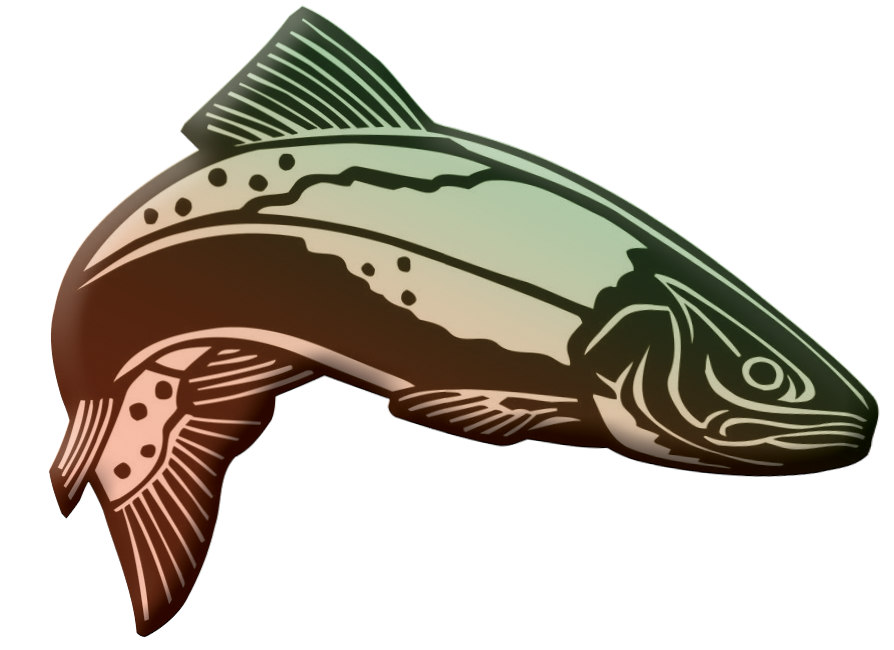Ranches at Belt Creek: Lake Whitefish
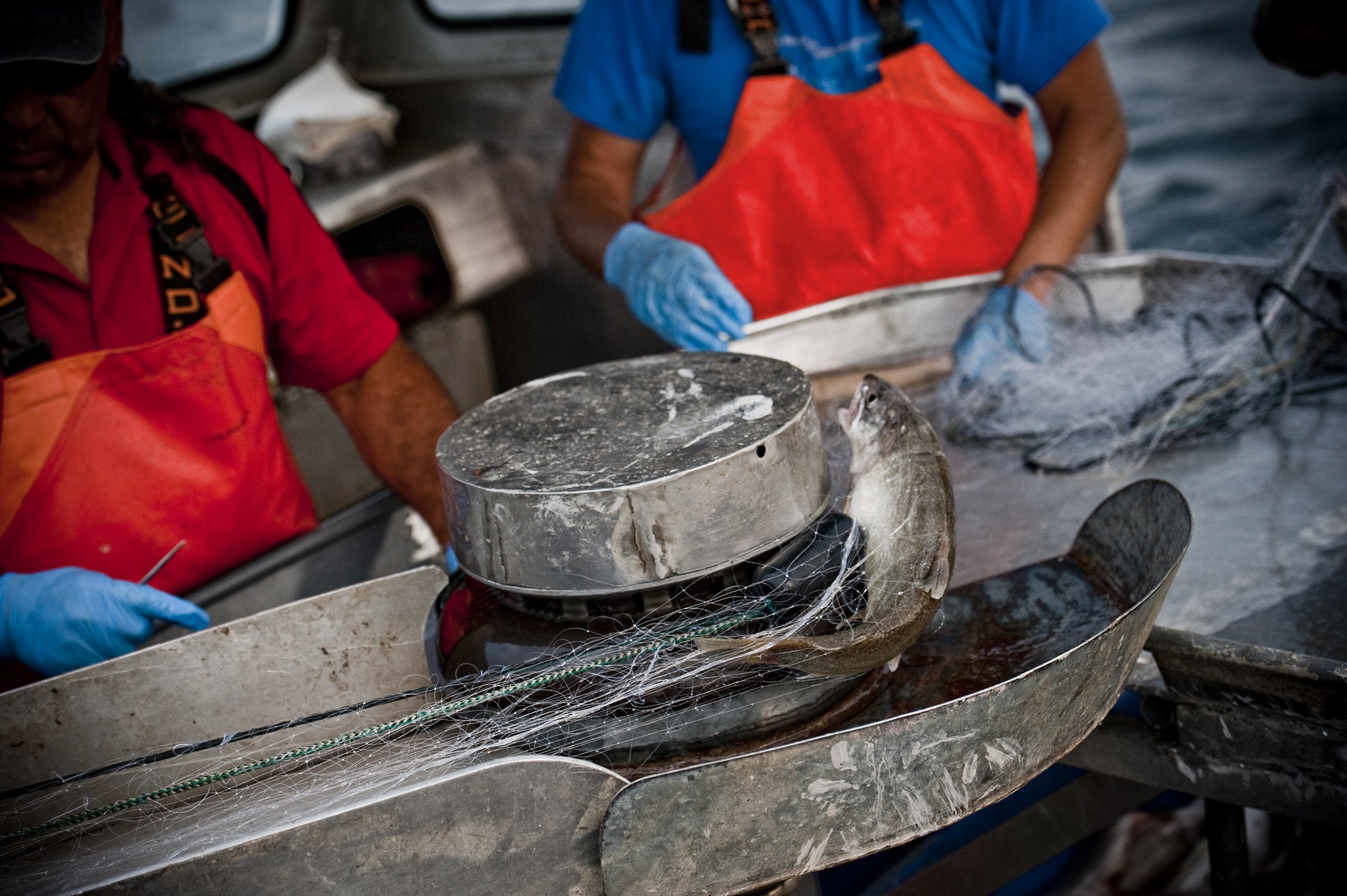
Why Lake Trout are a Problem
Why Lake Trout are a Problem
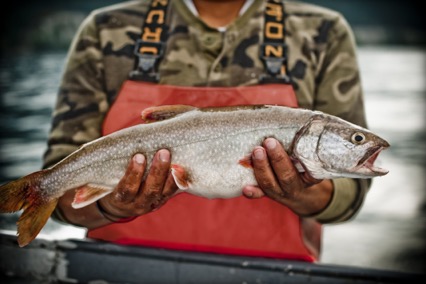
While Mysis and other invertebrates make up two-thirds of the lake trout diet in Flathead Lake, lake trout also eat fish, which represent the remaining third of their diet. Lake trout prey on nearly all fish species in Flathead Lake, and they have hit bull trout and westslope cutthroat trout hard. Bull trout were listed as a Threatened species under the Endangered Species Act in 1998, and populations in the Flathead Basin have declined to the point that many experts are concerned that bull trout could become extinct in the basin. Westslope cutthroat trout have declined by roughly two thirds since monitoring began in 1981.

While Mysis and other invertebrates make up two-thirds of the lake trout diet in Flathead Lake, lake trout also eat fish, which represent the remaining third of their diet. Lake trout prey on nearly all fish species in Flathead Lake, and they have hit bull trout and westslope cutthroat trout hard. Bull trout were listed as a Threatened species under the Endangered Species Act in 1998, and populations in the Flathead Basin have declined to the point that many experts are concerned that bull trout could become extinct in the basin. Westslope cutthroat trout have declined by roughly two thirds since monitoring began in 1981.

While Mysis and other invertebrates make up two-thirds of the lake trout diet in Flathead Lake, lake trout also eat fish, which represent the remaining third of their diet. Lake trout prey on nearly all fish species in Flathead Lake, and they have hit bull trout and westslope cutthroat trout hard. Bull trout were listed as a Threatened species under the Endangered Species Act in 1998, and populations in the Flathead Basin have declined to the point that many experts are concerned that bull trout could become extinct in the basin. Westslope cutthroat trout have declined by roughly two thirds since monitoring began in 1981.
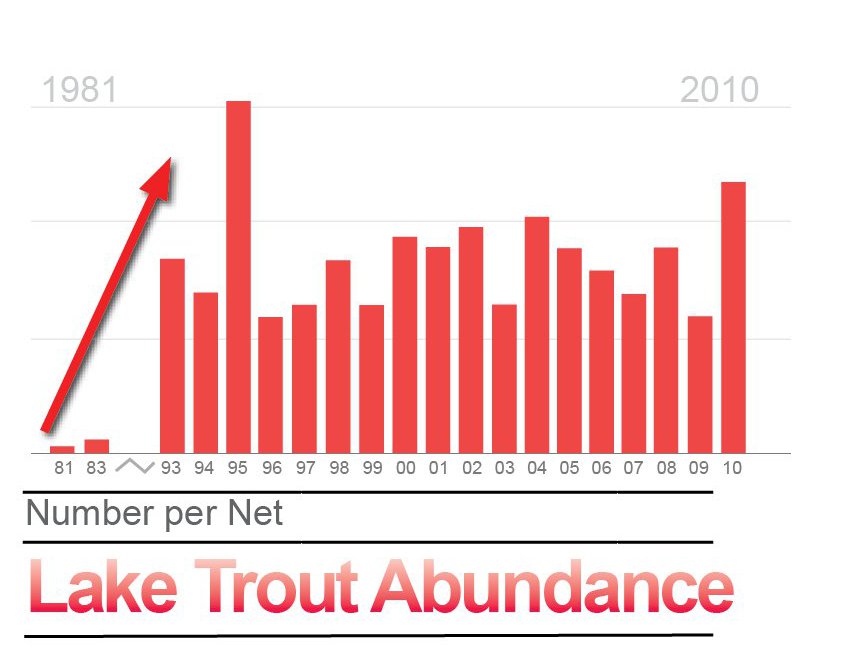
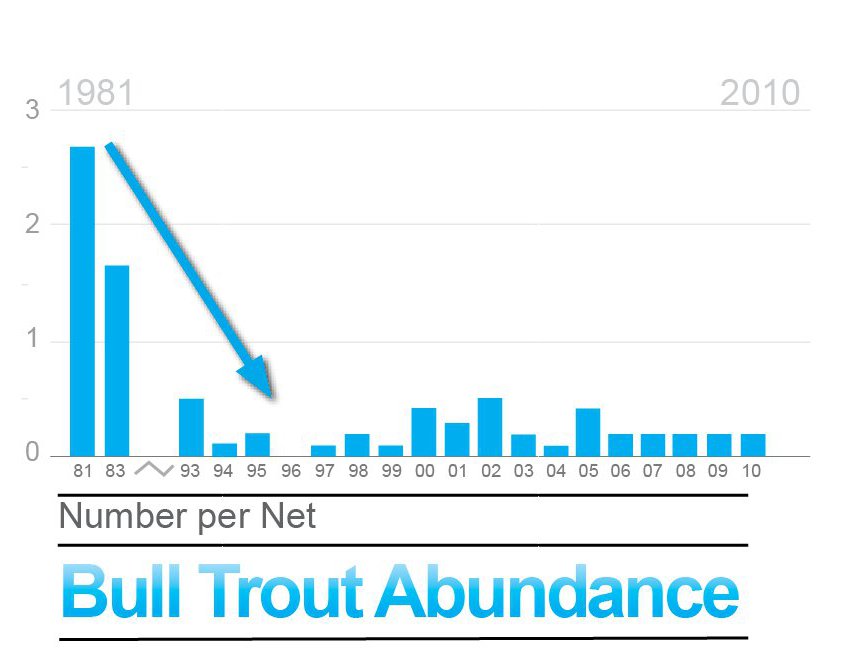
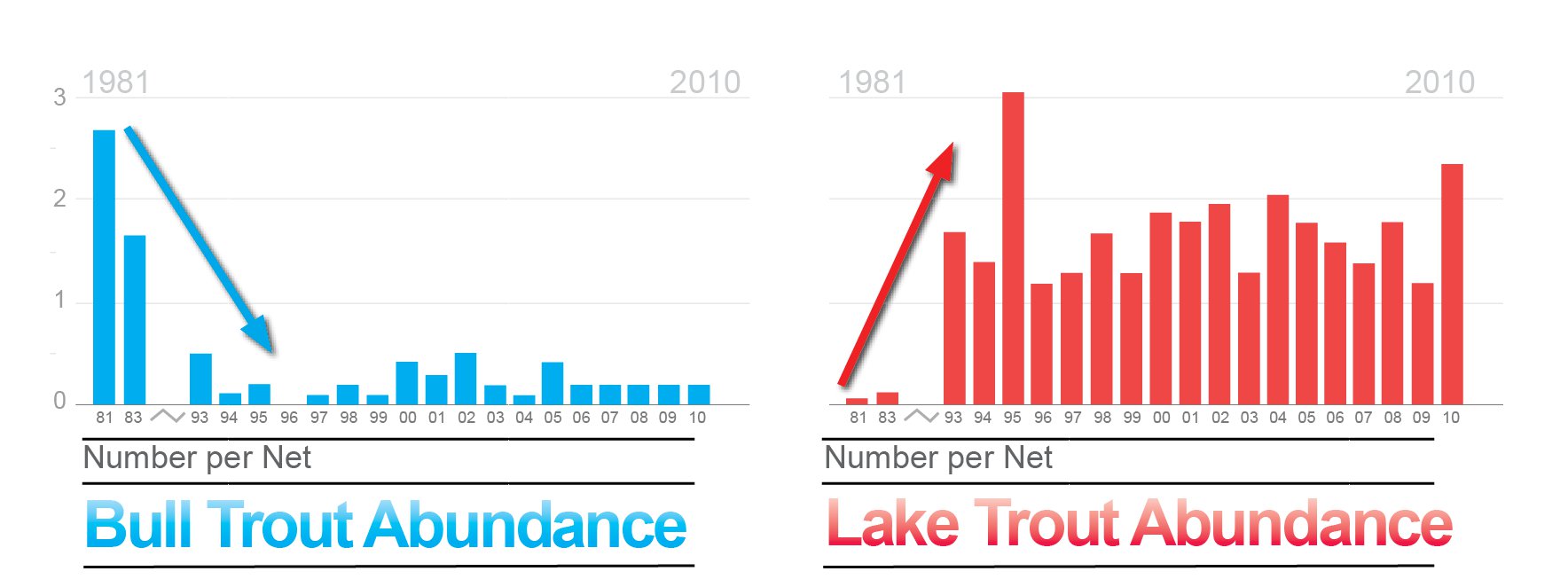
Research indicates that bull trout and westslope cutthroat trout declines are the result of lake trout increases. Because increases in the lake trout population have put native trout at risk, there is a need to reduce the risk through the gillnetting program the Tribes have implemented.
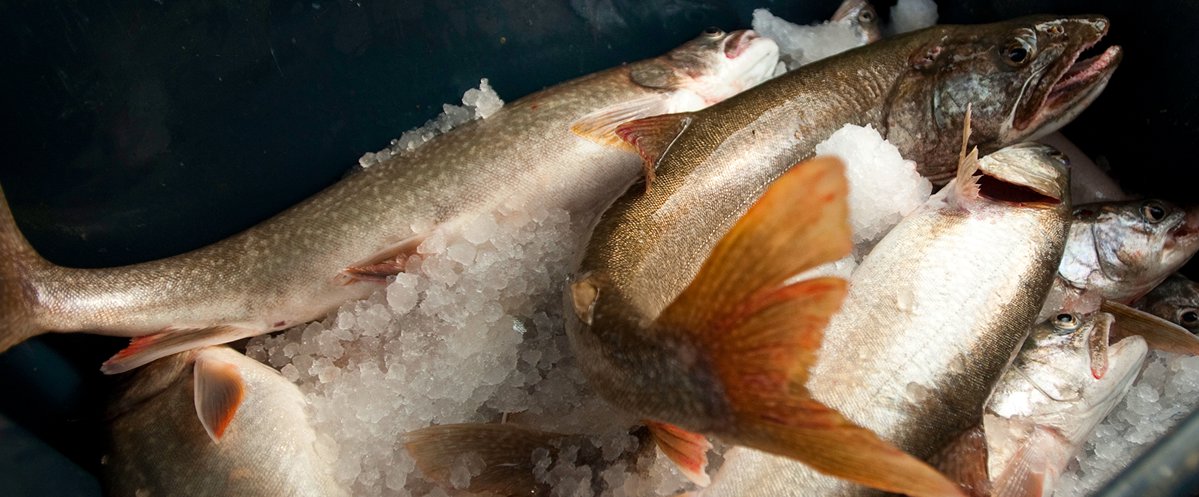
Native Fish Keepers, Inc.
408 6th Ave. East
Polson, MT 59860
© 2017 Confederated Salish and Kootenai Tribes
Native Fish Keepers, Inc.
408 6th Ave. East
Polson, MT 59860
© 2017 Confederated Salish and Kootenai Tribes
